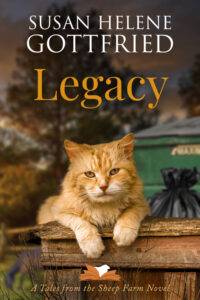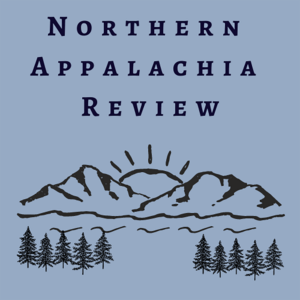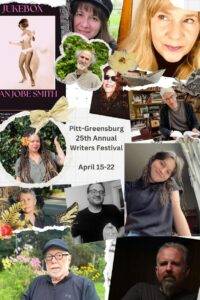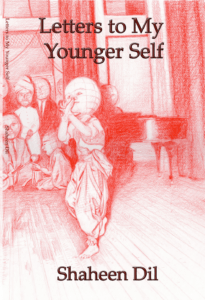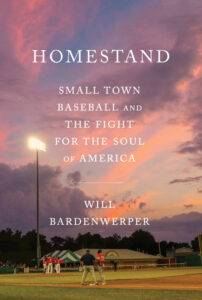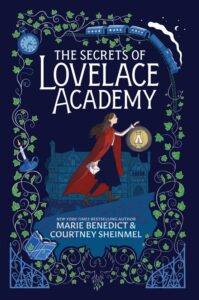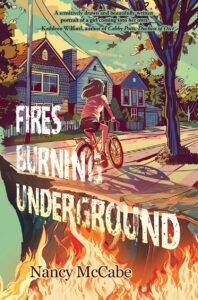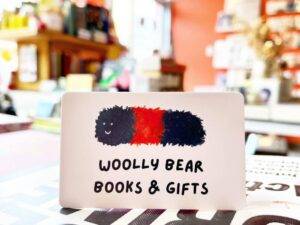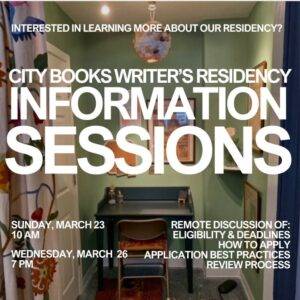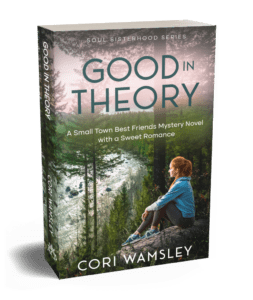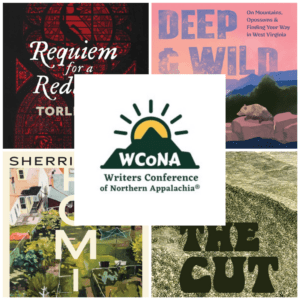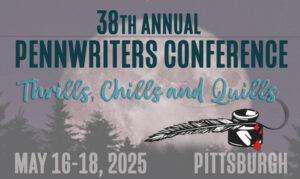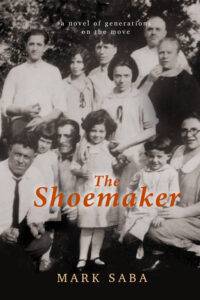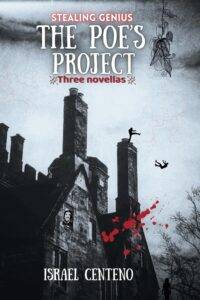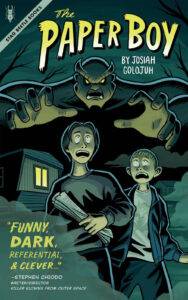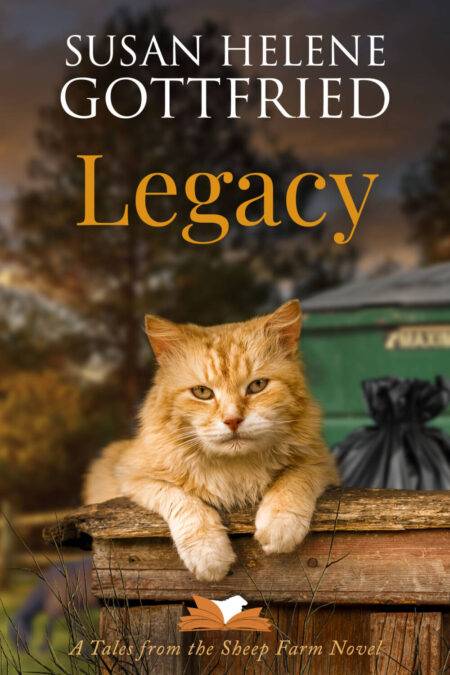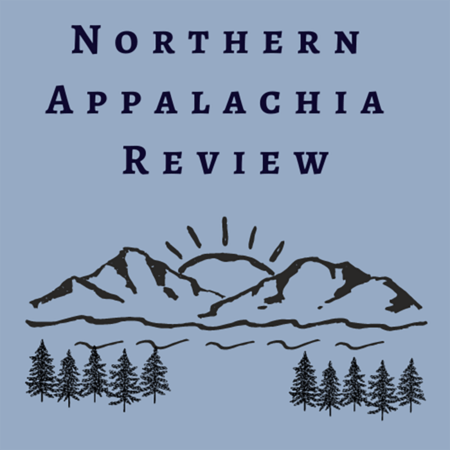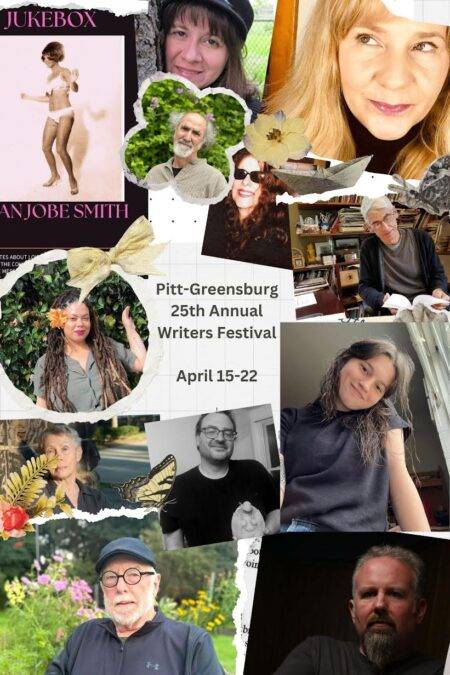About the Author: “As an award-winning author, Walter G. Meyer has told fascinating stories throughout his career. Known for his keen and heartwarming insights into the human condition in books such as Rounding Third, Meyer is now exploring his own life extraordinaire. His first autobiographical anthology, If You Weren’t Here, This Wouldn’t Be Happening: plogs from my life, stems from his daily writing activity during the COVID lockdown.
For more than 250 days, Meyer wrote one story at a time on Facebook to entertain himself and his friends and followers. These became the ‘plogs’ (posts + blogs). Now, many of the stories have been assembled and published for the first time in If You Weren’t Here. Drawn from Meyer’s attempt to distract himself from a crazy world, this humorous, unexpected, and ultimately riveting collection shows us all how wonderfully serendipitous and unusual our lives can be. Indeed, life is stranger than fiction…”
Mr. Meyer’s articles have appeared in Kiplinger’s Personal Finance, The Los Angeles Times, Orange County Register, Westways, Baja Explorer, Out, The Pittsburgh Post-Gazette and dozens of other magazines and newspapers. He is the co-author of the widely produced stage play GAM3RS, which spawned Gam3rCon, a ‘Made of Awesome’ gaming convention built around the play. Several of his screenplays have been optioned but not made into movies—yet.
Originally from Pittsburgh, Mr. Meyer has a degree from the School of Communications at Penn State and currently resides in San Diego.
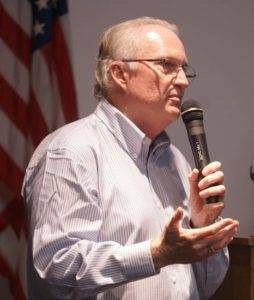 What inspired you to write these plogs?
What inspired you to write these plogs?
When the COVID-19 lockdown began in March, I started writing a post a day on Facebook—posts that that became so long they almost blogs, so I coined the term “plog” to describe these hybrid post/blogs. The first few plogs came about accidentally as I responded to friends’ posts with stories from my life. After that, I decided to keep writing a story a day as a way of escaping the confines of COVID and the news that just seemed to be getting worse every day. I found that many of my friends on Facebook were also enjoying the escape into my stories. That motivated me to keep the plogs coming for more than 250 days.
What’s your creative process like?
I have been writing stories since I could hold a pen and form words. Getting inspired has never been hard for me, so I never struggle for ideas. I just need to find enough time to write all of the things I want to write! The plogs are personal stories of my life, so I just had to write down my memories. The creative part is picking which one I want to tell and then choosing the right words to express it.
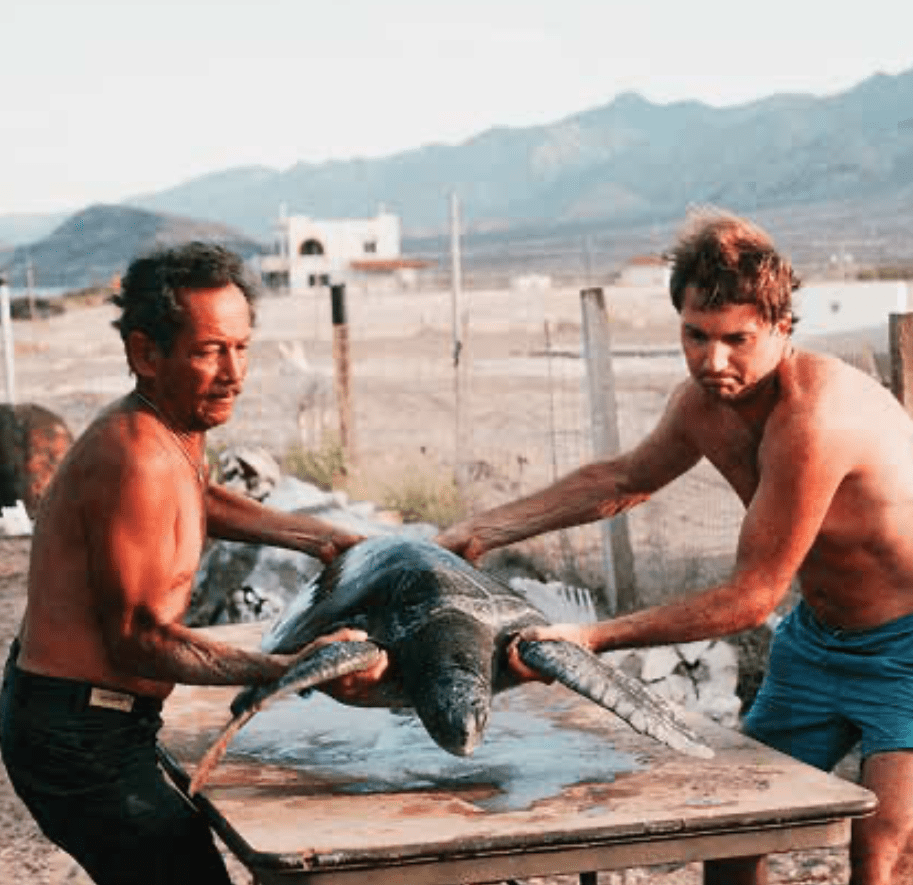
You have so many stories that you recall in amazing detail. Is there a secret to your good memory… and how does that play into your writing process?
I have always had a good memory for details, which has served me well for playing Trivial Pursuit or being on “Jeopardy!” For many of my plogs, photos jogged my memory. In the course of my travels, I shot over 20,000 slides, 9,000 of which I had digitized. I’ve included many of these photos in my book. During my Baja adventures, I would write my parents or my brother long letters about what I had been doing. And after my 1992 European tour, I wrote my parents a 52-page, single-spaced letter, based on the diary I kept during those travels. I doubt my parents ever read the whole thing! But it was a great resource for me. As when you start to write down a dream, once you start writing, more and more details come back into focus. I found that to be the case as I typed out these tales from my past.
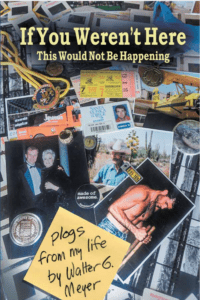 Do you have advice for other writers who want to write autobiographies or memoirs?
Do you have advice for other writers who want to write autobiographies or memoirs?
Whenever I’ve taught writing, I’ve told the students I believe in the Nike school of writing: “Just do it!” Don’t keep saying that you will start tomorrow. Start today. Many people are intimidated by the thought of starting the massive undertaking of writing a book. My advice: Don’t write the book. Just write one piece of it. Then another. Then another. Eventually, you’ll have a book. Never look at the 5000-mile journey in front of you, just how far you can go today.
If you had to pick one key takeaway from your book, what would you say it would be?
A friend who read it perfectly expressed the plogs’ common theme: life is an amazing adventure if you live it as one. As I was living it, my life seemed a bit odd, but nothing spectacular. I’ve never been to the moon or performed brain surgery. But taken as a whole, my life has been full of memorable moments: large, small, happy, sad, funny, and educational. Many people go rushing through their days, never stopping to enjoy the interesting aspects that can be found even in some of the most mundane things—if you are open to noticing them and letting them happen.
What’s the most intriguing aspect of Pittsburgh to you?
Pittsburgh is both a big city and a small town. It has everything a major city should have—sports teams, great museums, the arts–but it always feels quaint to me. Even though I have not lived there for years, I marvel at how I always seem to run into people I know whenever I visit. My family has lived in Pittsburgh for generations—the first branch showing up in about 1820, the last in 1872, so everything in the city has some connection to my family. My parents met while working in the Union Trust Building. My great-great-grandfather owned a house on land now occupied by the parking garage for Duquesne University; the house his son owned a few blocks away on Locust Street still stands. Another great-great-grandfather owned a house on Congress Street that was razed to build the Civic Arena. As I drive around, I pass the places my ancestors worked, the churches where they were married, the cemeteries where they are buried. I try to imagine what life was like for them, especially those who had just immigrated. I think about how as steelworkers and common laborers, they built the city that, in turn, provided the steel that built America. I like to think my plogs convey the little moments and little people who were all part of a much greater whole.
For more from Walt Meyer or to order the book, visit his website. You can also connect with him on Medium and Patreon, or follow his latest adventures on Facebook and Twitter.



